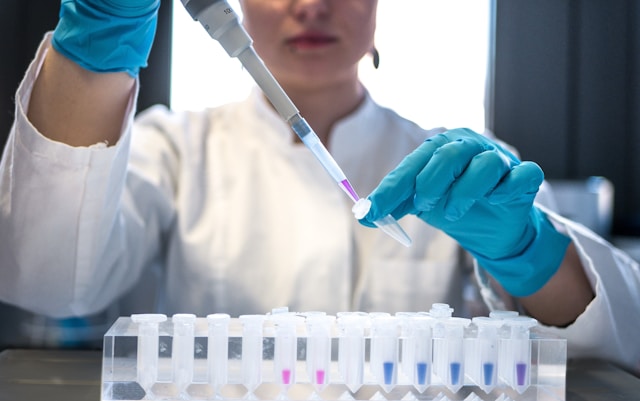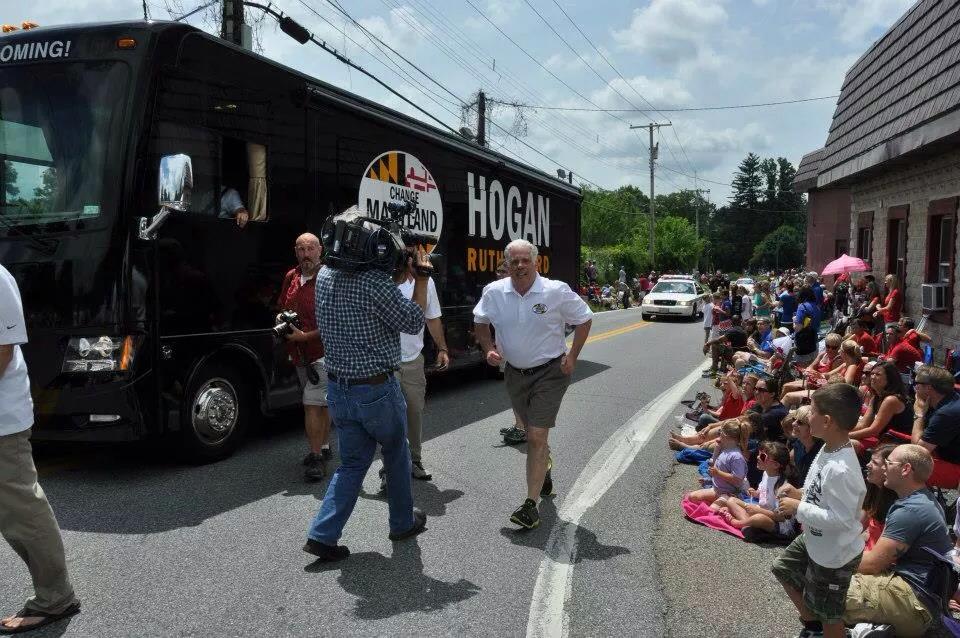SPACE PROBLEM: Montgomery County already has a glut of lab space. Cuts to the U.S. Department of Health and Human Services could make it worse — so says a Washington Business Journal headline.
Recently, the state lost a $50 billion opportunity to woo a major drug manufacturer to our shores. Wes Moore was asleep at the switch. In 2025, HHS grants to the state for health-related programs are estimated to be $11.6B — not bad, but Virginia scored $50 billion just by out-hustling the Moore administration.
Now enter Montgomery County with its lackluster executive and council is whining about an ever-increasing issue … excess biolab space to the tune of over .5 million square feet and going up. Montgomery County and the state of Maryland continue to lose to surrounding jurisdictions when it comes to attracting new business to the state and the county.
But the reader should know that this is nothing new for Montgomery County. In April 2018, the County Council commissioned an economic study to be conducted by the independent Sage Policy Group Inc., focusing on the county’s overall business health. Here are just of few of the Executive Summary highlights regarding economic activity:
- Job growth has been extraordinarily soft in recent years. In 2016, the county was home to fewer jobs than in 2006 despite the addition of 11,603 public sector positions.
- Business establishment formation has been virtually nonexistent recently. Between 2011 and 2016, the county added just 6 net new establishments, about the population of businesses in a strip mall. During that same period, the number of business establishments in Maryland increased by nearly 6,300.
- From 2001 to 2004, Montgomery County added 1,841 net new business establishments.
- Slow job growth has translated into elevated commercial vacancy rates, with the office vacancy rate at a stubbornly high 14% at year-end 2017. Vacancy is particularly high among older buildings.
- The county’s circumstances are rendered all the more precarious by the immense local economic dependence on declining federal activity. As of the third quarter of 2017, Montgomery County’s location quotient for federal employment was 5.33, meaning that federal employment is 433 percent more concentrated as a share of overall employment than nationally.
Keep in mind that it was 2018 when the Sage Policy Group study was commissioned, and things were not going all that well for Montgomery County then. Ike Leggett was county executive, and while Ike was clearly a dyed-in-the-wool Democrat, he was not the far left socialist that Marc Elrich has turned out to be. Add to that the county representatives and senate representative that the county electorate has sent to Annapolis, and we just needed to sit back and wait for impending doom. That doom arrived in 2025 with the inauguration of Donald Trump as the 47th president of the United States.
Remember what the 2018 Sage Policy Group report said: The County’s circumstances are rendered all the more precarious by the immense local economic dependence on declining federal activity. As of the third quarter of 2017, Montgomery County’s location quotient for federal employment was 5.33, meaning that federal employment is 433 percent more concentrated as a share of overall employment than nationally. No one heard of DOGE in 2018, but it was clear even then that there was an over-dependency on the federal government and the federal handouts that benefited Maryland and Montgomery County.
Now the knee-jerk reaction is to blame Trump and the Trump administration when the real blame lies with the governor and his legislature as well as the county executive and the County Council. Instead of scheming for ways to gerrymander the state yet again to grab one more seat in Congress, their focus should be on trying to attract more bioscience-related businesses to fill that vacant space — before it goes to seed and becomes unusable. The county could also use some help in trying to figure out what to do with the space as well. Rather than sitting around wringing their hands and moaning “woe is me,” it’s time to get off their collective behinds and get busy with ways to attract new business to the county.
For starters:
Incubators for startups. Transforming biolab spaces into incubators for biotech startups can foster innovation and entrepreneurship. By providing affordable lab space, resources, and mentorship, these incubators can support emerging companies focused on life sciences, pharmaceuticals, and healthcare technologies. This initiative could attract talent and investment, further enhancing the region’s reputation as a biotech hub.
Perhaps Research and Development Partnerships. Collaborating with universities and research institutions to utilize biolab space for joint research projects can enhance scientific advancements. This partnership could focus on areas such as infectious diseases, environmental health, or agricultural biotechnology, contributing to the region’s knowledge economy and providing valuable training for students. We could establish training centers within biolab facilities that could help develop the local workforce in the life sciences sector. Programs can be designed to equip individuals with the necessary skills for careers in biotechnology, pharmaceuticals and healthcare, thus addressing workforce shortages while supporting economic growth. The list goes on, but you get the idea.
Our politicians are letting us down at the state and county levels. 2026 is coming, and we have the opportunity to change the dynamic — if we don’t, we will have no one to blame but ourselves.







Recent Comments